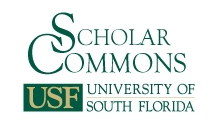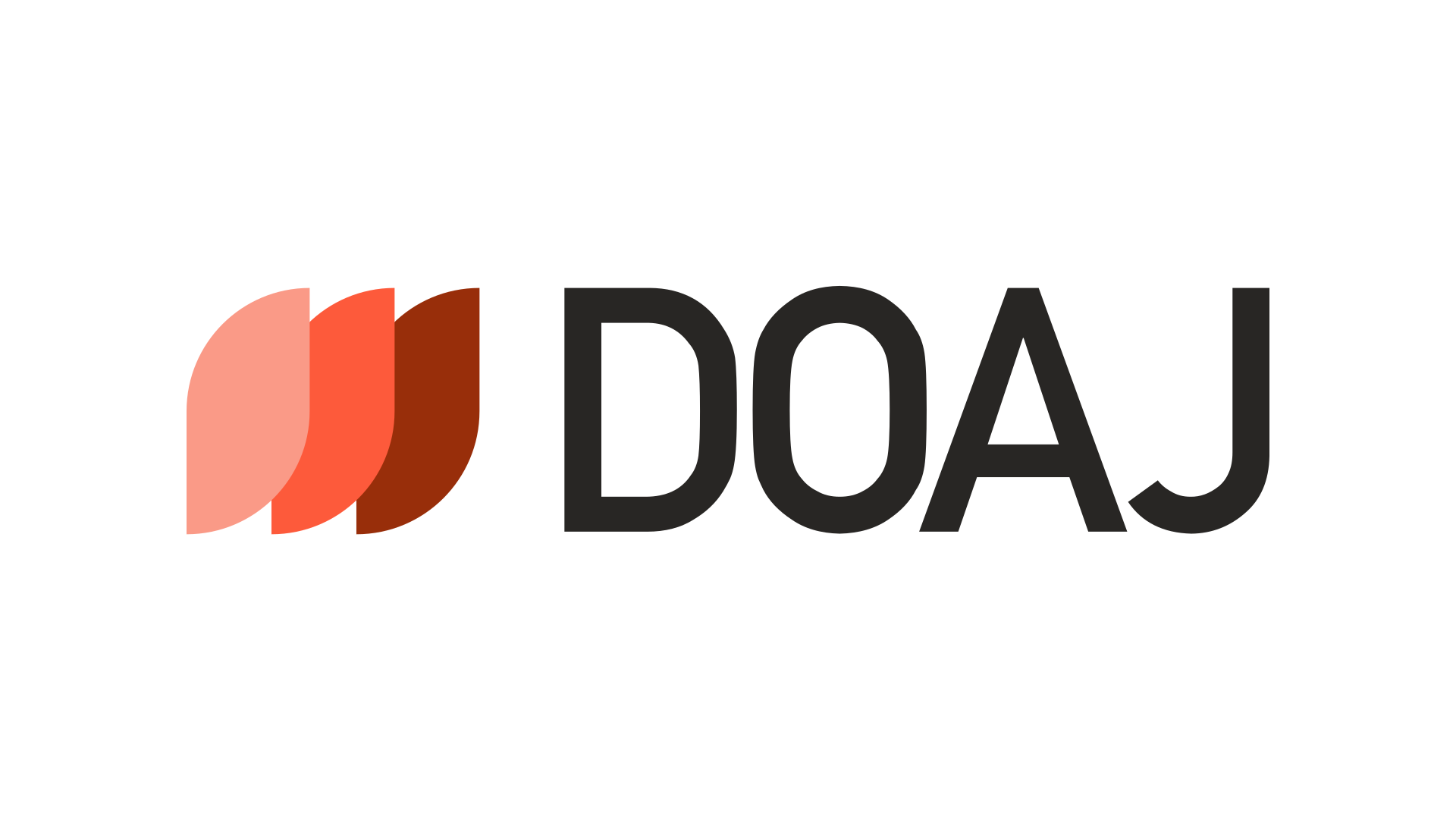Abstract
The scholarship on the Armenian Genocide has expanded enormously during the past three decades. Most of these works have focused on the causes and consequences of the genocide, Western responses to and Turkish denial of the genocide, and, more recently, Armenian-Turkish reconciliation. The role of the Armenian Apostolic Church, however, has received little attention in the literature. In addition to its ecclesiastical duties, the Armenian Church has over the centuries performed various secular functions, including, in the Ottoman Empire, acting as the principal representative agency for the Armenian millet. This article briefly examines the responses of the Armenian Patriarchate in Constantinople to the internationalization of the Armenian Question and then focuses on the three ecclesiastical leaders who played a central role in attempts to address the crises enveloping the Armenian people during World War I: Patriarch Zaven Der Yeghiayan of the Armenian Patriarchate in Constantinople, Catholicos Sahag II Khabayan of the Great House of Cilicia at Sis, and Catholicos Kevork V Surenyants of the Mother See at Echmiadzin. All three witnessed the destruction of their people and had the unenviable task of searching for the means to end the human catastrophe. Indeed, the Armenian Church itself, a most conservative institution harboring the utmost loyalty to the Ottoman Empire, in the end became a victim of the genocidal scheme of the Young Turk regime.
Recommended Citation
Payaslian, Simon
(2006)
"The Destruction of the Armenian Church during the Genocide,"
Genocide Studies and Prevention: An International Journal:
Vol. 1:
Iss.
2:
Article 6.
Available at:
https://digitalcommons.usf.edu/gsp/vol1/iss2/6



